John “Mad Jack” Churchill Was the Most Interesting Participant of WWII
Nearly all of the world’s superpowers were involved in World War II, and they were eager to show off their latest advancements in technology. From airplanes and tanks to machine guns, the improved weaponry made the conflict much more deadly. One soldier, however, was content with using a simple longbow, a weapon used since the Paleolithic era.
John “Mad Jack” Churchill
John Malcolm Thorpe Fleming “Mad Jack” Churchill was born in British Ceylon (now Sri Lanka) in 1906. His father, Alec, was a district engineer and the family lived in a variety of locations. At one point, the Churchill’s lived in Hong Kong. He loved exploring the rural areas of the city, inspiring a life of adventure.
Churchill graduated from the Royal Military College, Sandhurst in 1926 and later served in Burma with the Manchester Regiment.
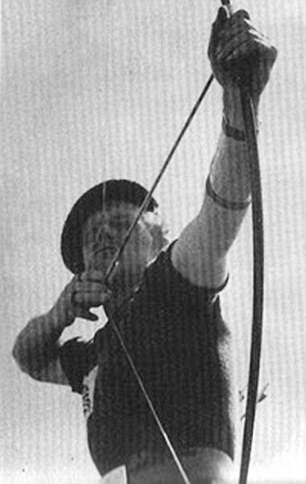
Churchill was a man of many interests. Following his stint in the Army, he took off to Kenya, where he worked as a newspaper editor and a male model. His proficiency with the bow and arrow, as well as the bagpipes, allowed him to appear in a handful of feature films, including A Yank at Oxford (1938) and The Thief of Bagdad (1924).
In 1938, he placed second in a military piping competition, and a year later participated in the World Archery Championships in Oslo, Norway.
British Expeditionary Force
Once WWII broke out, Churchill resumed his commission, first traveling to France with the Manchester Regiment, which was then part of the British Expeditionary Force. Unlike other soldiers, he was armed with a sword, a set of bagpipes and his longbow. He didn’t always carry a gun, but when he did, he was proficient with it as well.
While in France, Churchill took part in the Battle of Dunkirk, one of the most devastating and influential battles of the conflict. While it’s often said he killed a German with his longbow during this, Churchill later said this was untrue, as his bows had previously been crushed by a truck.
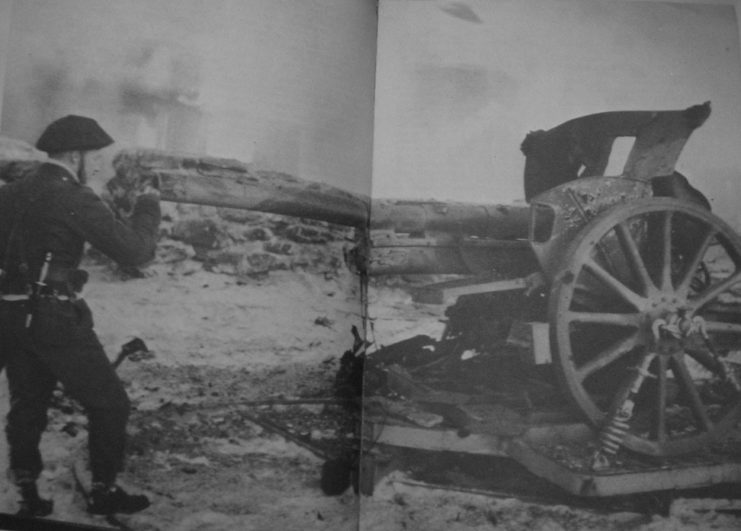
Following Dunkirk, Churchill volunteered for the Commandos and was sent to Vågsøy, Norway. The operation, a raid on a German Garrison, was named after his exploits. Prior to his charge, Churchill jumped out with his bagpipes and began to play “The March of the Cameron Man.” He then threw a grenade and took off into battle.
For his exploits at Dunkirk and Vågsøy, Churchill was awarded the Military Cross and Bar.
Italy and the continuation of World War II
John “Mad Jack” Churchill participated in the Invasion of Sicily as a commanding officer with No. 2 Commando, still carrying his bagpipe, sword and longbow. He was tasked with capturing a German observation post outside of Molina, which controlled a pass leading to the Salerno beachhead. Churchill and a corporal were able to accomplish the mission by themselves, taking a total of 42 prisoners, including a mortar squad.
For his success in this operation, he was awarded the Distinguished Service Order.
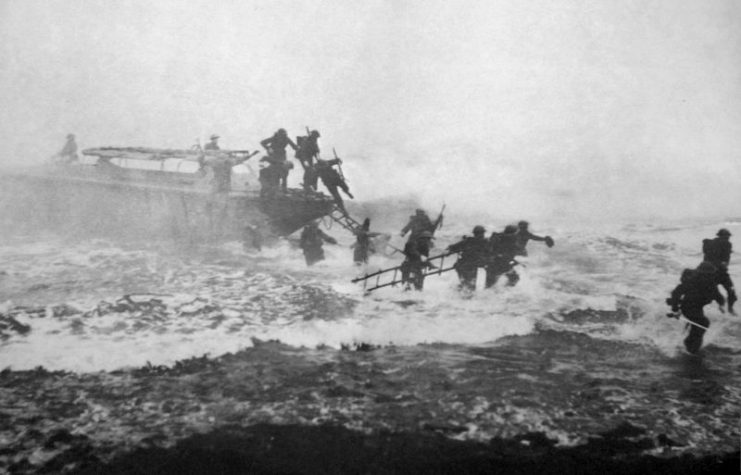
During the 1944 Maclean Mission in Yugoslavia, Churchill was leading six others in a raid on Brač when a mortar shell exploded, killing all but him. Churchill had avoided the explosion, as he was away from the camp, playing a song on his bagpipes. He was, however, knocked unconscious and captured.
At first, the Germans thought they had captured a relation to Winston Churchill and Churchill was transferred to Sachsenhausen concentration camp. He and other prisoners were eventually abandoned during a transfer and walked 93 miles to Verona, Italy, where he met up with an American unit.
The end of the war and future battles
The war ended soon after Churchill’s escape, which he wasn’t thrilled about that. After the bombs were dropped on Hiroshima and Nagaski, he lamented, “If it wasn’t for those damn Yanks, we could have kept the war going another 10 years!”
Churchill, however, continued to serve in future skirmishes. He joined up with the Seaforth Highlanders after qualifying as a parachutist and was shipped off Palestine, where he served as an executive officer with the 1st Battalion.
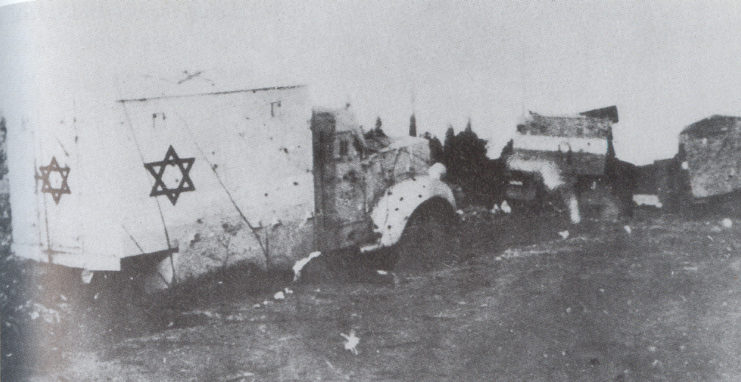
It was in Palestine that Churchill attempted to protect a convoy of Jewish nurses and doctors sent to bring medical supplies to Hadassah Hospital. The convoy came under attack by Arab forces, and 77 of the 79 occupants of the two trucks were killed. The event is now referred to as the Hadassah medical convoy massacre.
Afterward, Churchill led the evacuation of 700 medical personnel and patients from Hadassah Hospital.
John “Mad Jack” Churchill’s legacy
John “Mad Jack” Churchill continued to work a desk job in the British Army until 1959. He also sought out other activities, appearing in the 1952 film Ivanhoe and serving as an instructor at a land-air warfare school in Australia. During his time down under, Churchill also developed a passion for surfing, which continued to be a lifelong hobby.
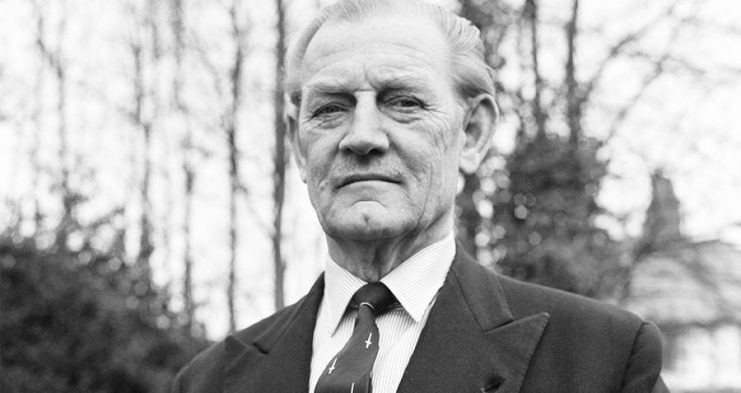
Churchill lived a long life, dying in Surrey in 1996 at the age of 89. He continues to be renowned as one of the more interesting characters in British military history.
The post John “Mad Jack” Churchill Was the Most Interesting Participant of WWII appeared first on warhistoryonline.
Post a Comment
0 Comments